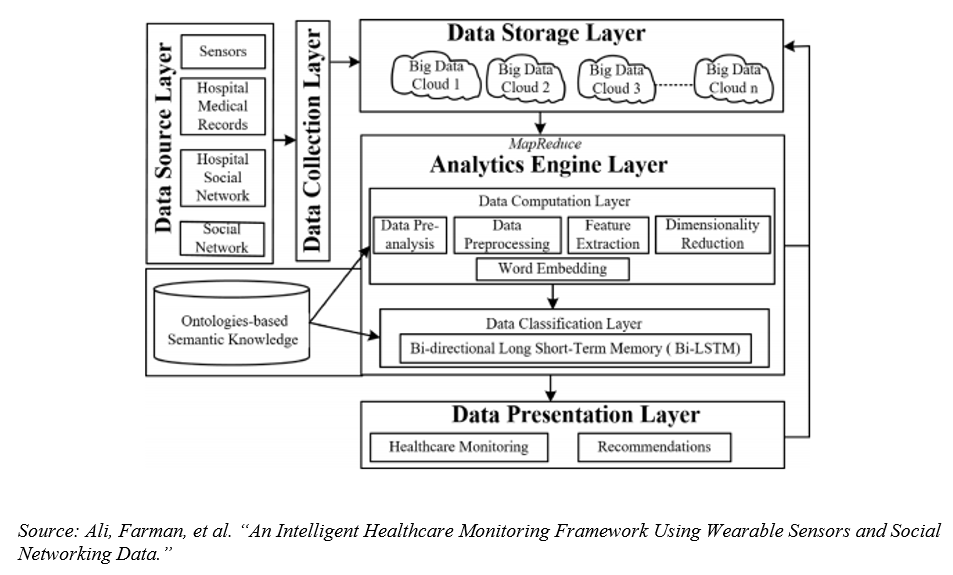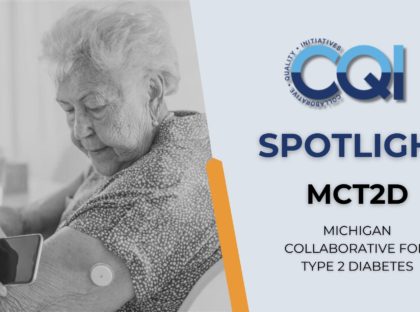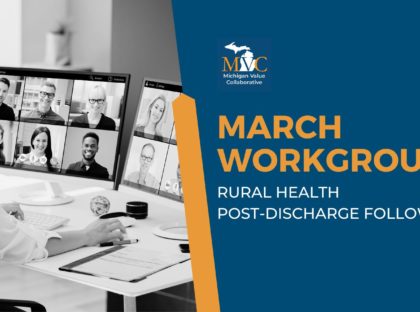According to the Centers for Disease Control and Prevention, “treating individuals with chronic diseases accounts for 86% of health care costs.” While the number of those living with chronic conditions and the associated costs may be increasing, the Michigan Value Collaborative (MVC) is committed to providing you with current data around providing the right care, at the right time, at the right cost. Technological advances in healthcare are changing how and where chronic disease care is being delivered, how these patients interact with providers, and how organizations exchange information.
Both diabetes and abnormal blood pressure (BP) are extremely common in chronic disease patients and cause various complications, including an increased risk of cardiovascular events. When thinking about the way in which these chronic diseases should be managed moving forward after the COVID-19 pandemic, technological advances offer promising solutions. Most devices in the healthcare industry have been digitalized. This advancement allows for routine monitoring using various devices that some patients may already own, such as a smart phone or a smart watch. These devices contain sensors that can be used to obtain information that can then be transmitted straight into the electronic health record (EHR). Other devices that can be used to collect patient information include a glucometer sensor, pulse oximeters, temperature sensors, scales, and many more. However, this method is not without its limitations.
The amount of data that is generated from these devices is vast and not all systems are capable of storing and processing it efficiently for precise and real time monitoring. In order to negate this issue, a framework was recently published that can be seen in Figure 1 below. This framework utilizes the cloud environment along with a large analytics engine layer to help store and process the data. The recently published study identifies the importance of utilizing wearable sensors and social networking platforms in collecting patient data, but identifies the challenges that come with this such as issues with data storage and running correct analyses.
Chronic disease management patients may use social media platforms in order to seek support or learn new ways in which they may be able to reverse certain symptoms. Other ways in which monitoring is done through social networks include patient and provider conversations through application programming interfaces (APIs). Through these APIs, providers can pick up on tone or social connection status. Through this proposed framework of social media and sensor monitoring, providers can closely monitor chronic disease management patients.
MVC hosts chronic disease management workgroups where collaborative members discuss their current initiatives and connect on ways in which they can work together to better the health of Michigan. If you have any questions about upcoming chronic disease management workgroups, please feel free to contact the coordinating center at michiganvaluecollaborative@gmail.com




